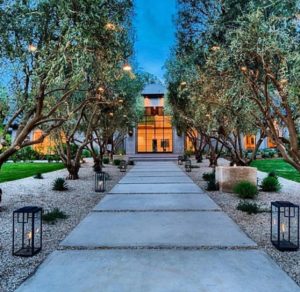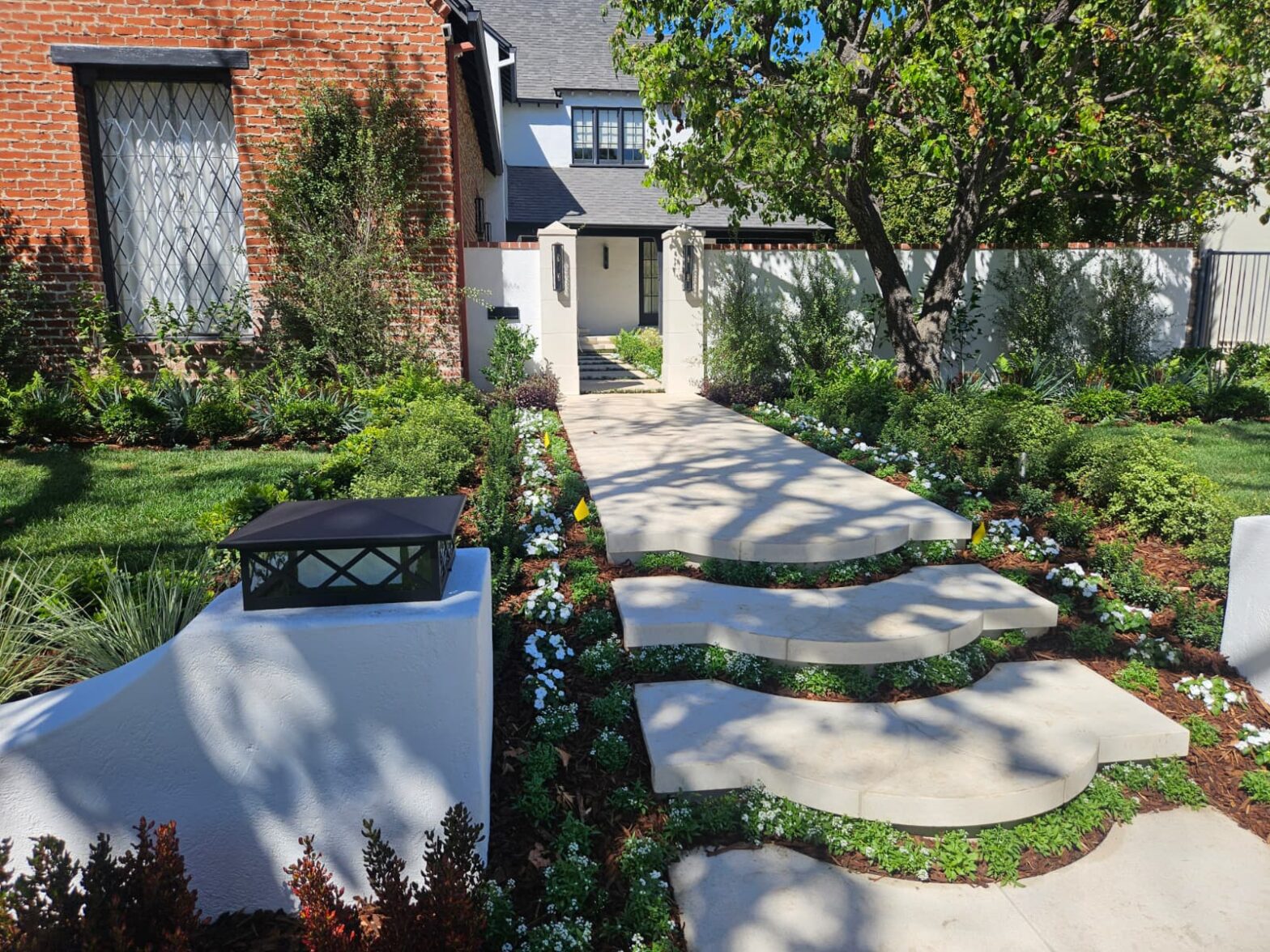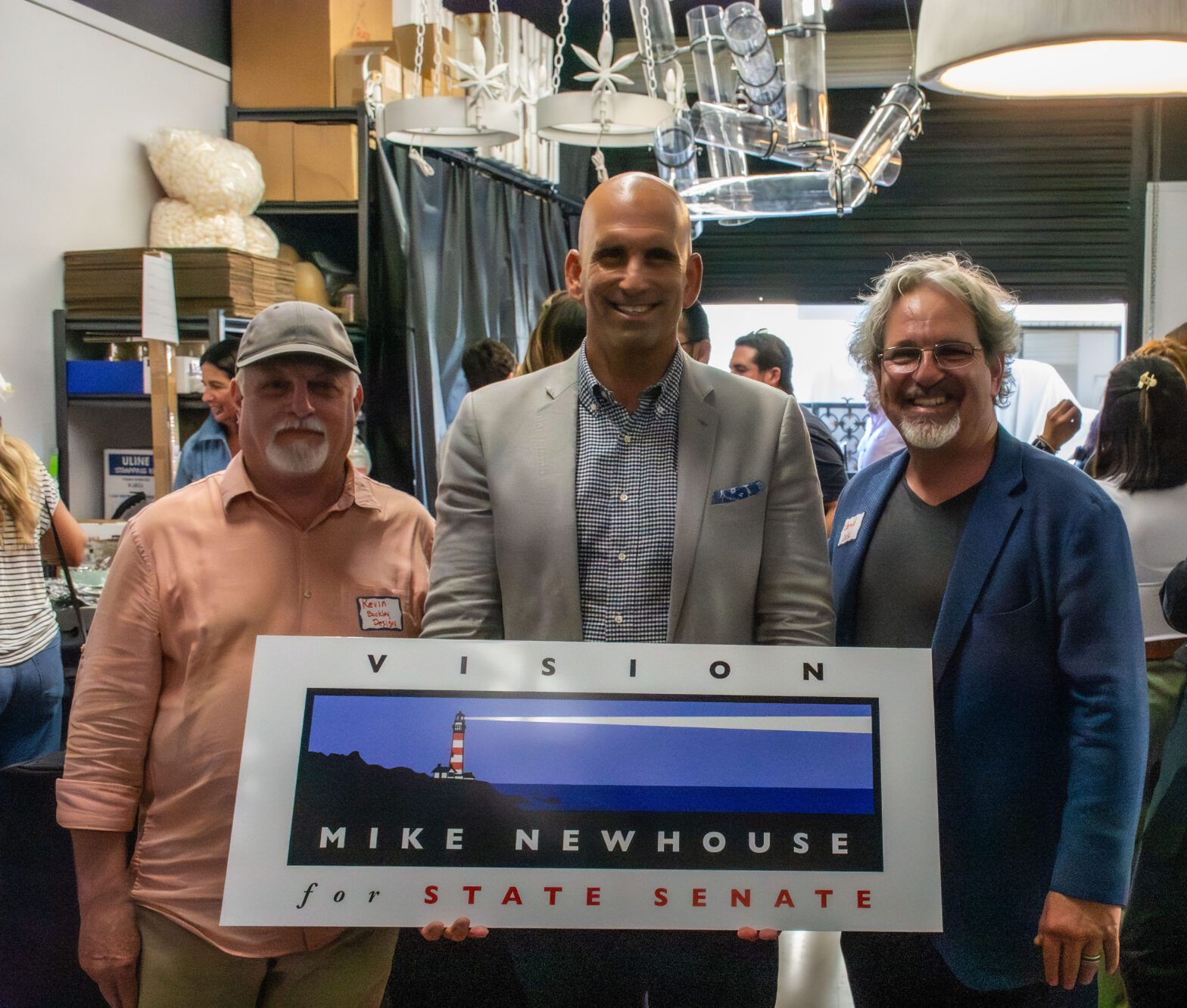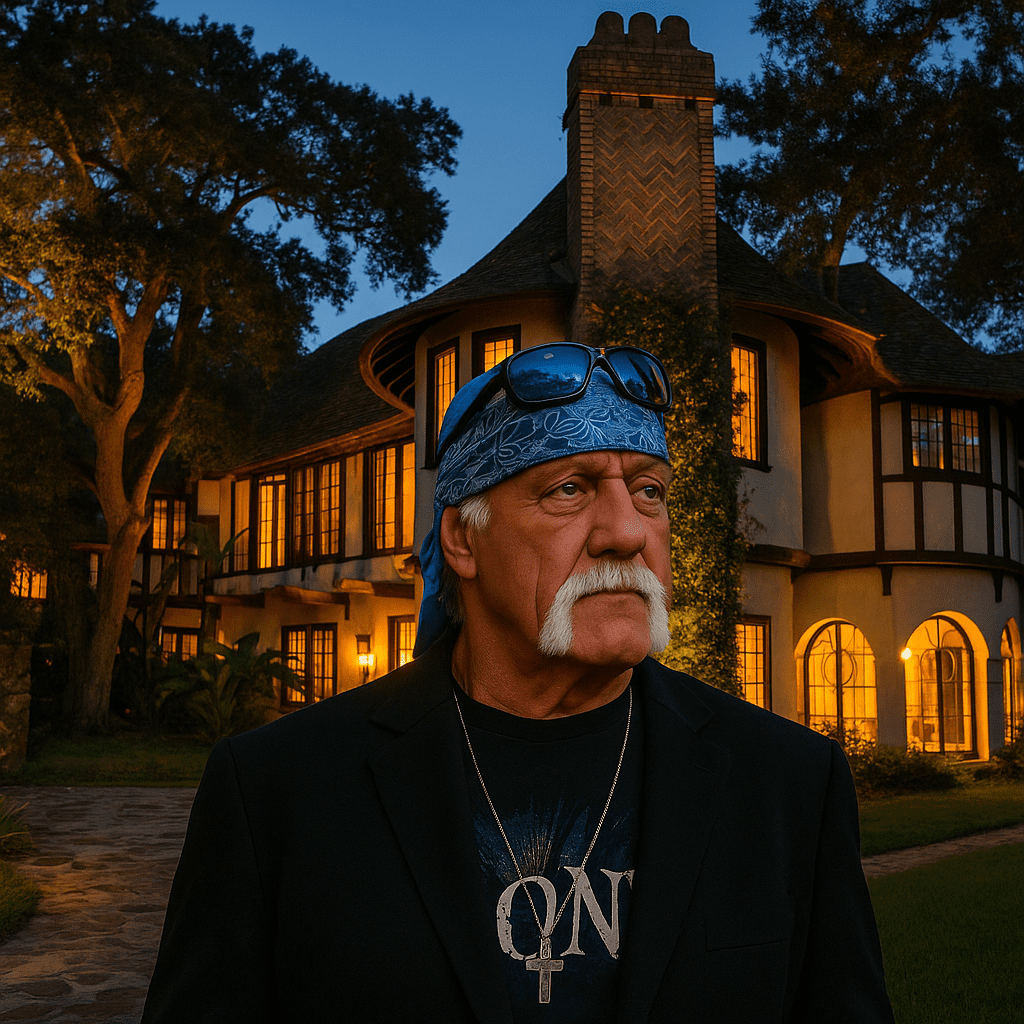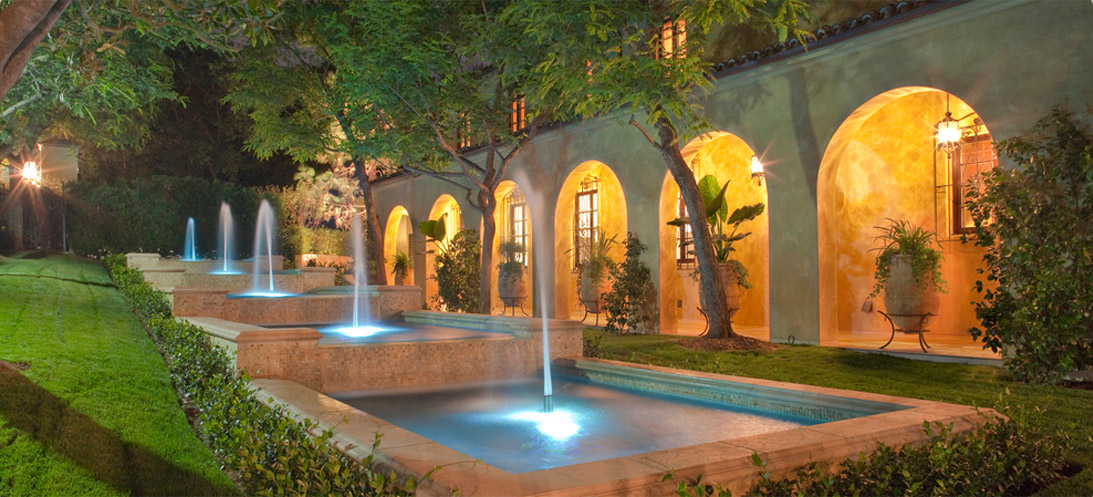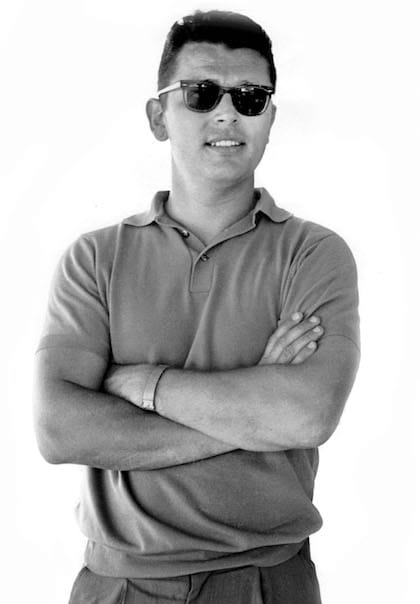
In 1962, the public learned of a projected $2,500,000 home development project adjacent to Tamarisk Country Club in Palm Springs. The proposed development was for the construction of 40 homes. Each home would be a distinctive design by Hugh Kaptur, capturing the architectural freedom that the desert offers. That architectural freedom was exactly what the desert offered.
Hugh Kaptur was one of Palm Springs’ most prolific architects and set the tone the architectural design that embodies the region. He was born in 1931 and studied architectural engineering at the Lawrence Institute of Technology. During a visit to Palm Springs in 1956, he made an inspired spur-of-the-moment decision to stay in the region and make it his home. Hugh Kaptur quickly set up shop and set out to make a name for himself and start a career that lasted over 50 years, designing across many typologies from private and multi-family houses, to civic and commercial buildings.
The exuberance of the 1950’s post and beam spilled over into the 1960’s in Palm Springs with the 1970’s evolving into a more masculine forms of design. Influenced by heavier beams, rougher stucco and the simpler carvings of Mexican traditions, the 1970’s Palm Springs designs were highly adapted to the harsh environment and provided the setting for a rougher bachelor lifestyle, epitomized by William Holden, James Dean and Steve McQueen.
Hugh Kaptur brought the development near Tamarisk Country Club to life with his innovative designs, which were within sight of homes of such notables as Frank Sinatra, Groucho Marx, Danny Thomas, Zeppo Marx, Ray Anthony, Hoagy Carmichael and Ellsworth Vines. Word traveled quickly amongst the wealthy Hollywood stars that called Palm Springs home which put Hugh Kaptur and his work in high demand.
His work went on to catch the attention of William Holden (who became fast friends with Kaptur), who wanted a contemporary home and to be able to look over the house and down at the valley. He built the house to exhibit Holden’s extensive art collection and offer strongly delineated exterior spaces. A stunning cantilevered concrete plinth jutted out over the escarpment and made for a dramatic view of the suspended modern sculpture it supported.
Hugh Kaptur would go on to design numerous condominium projects, municipal buildings, fire stations, homes and commercial buildings in Palm Springs, Coachella Valley and beyond.
From the ADG Job Site
Walk the path with the ADG Advantage
by Gerald Olesker, CEO, ADG
